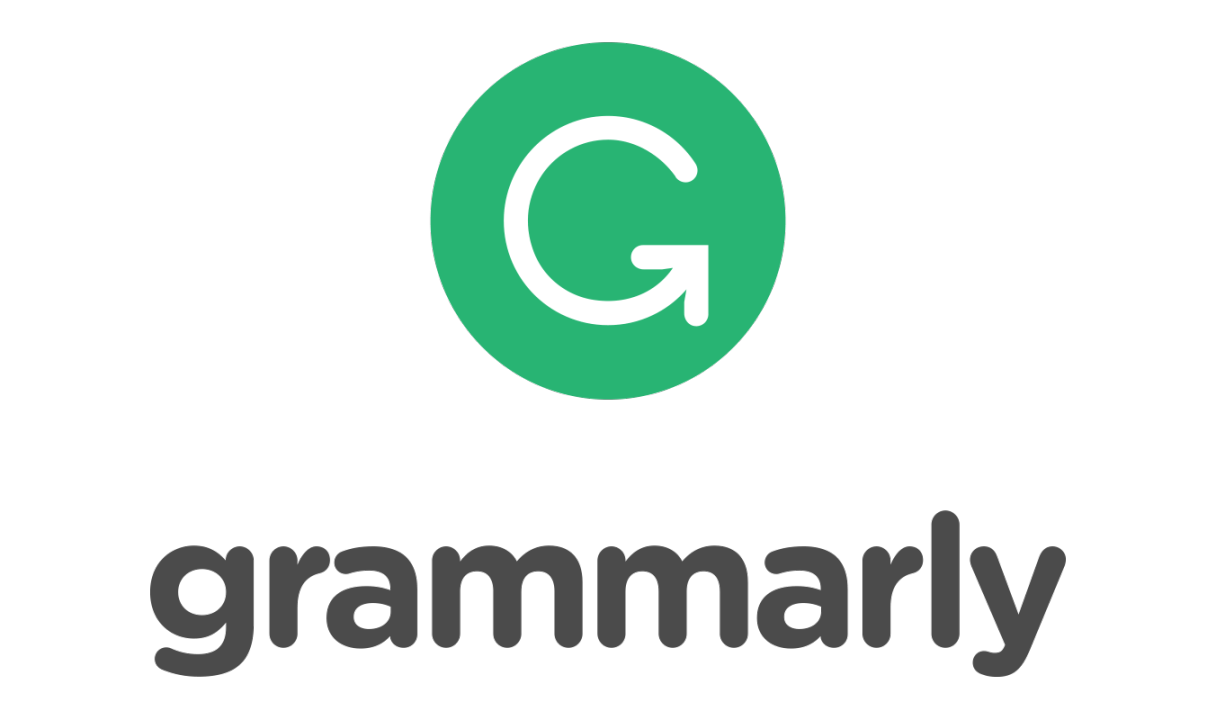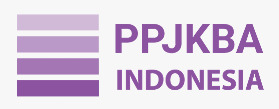The Origin of The Emergence of Arabic Lexicology And Its Characters / Cikal Bakal Munculnya Leksikologi Arab dan Para Tokoh-Tokohnya
DOI:
https://doi.org/10.22515/athla.v3i1.5139Keywords:
Arabic lexicology, mu'jam, Arab lexicology figuresAbstract
This article aims to examine the history of Arabic lexicology in the classical era and the figures who contributed to the field of Arabic lexicology. There are three questions that will be answered through this research, namely First, "How was the forerunner to the development of Arabic lexicology in the classical era?". Second, "Who played an important role in spreading and introducing Arabic lexicology?". Third, "what works have been produced by Arab lexicological scientists in the early days of their development?". This study uses a qualitative research method based on literature study related to Arabic lexicological literature. The results of this study are: First, the history of Arabic lexicology in the classical era began with the lahn event (language error), then the event gave rise to the idea of scholars to record Arabic vocabulary through the Bedouin tribe, while the methods used in language codification were the sima' and qiyas methods. . Second, figures who are instrumental in Arabic lexicology include Khalil bin Ahmad Al-Farahidi, Abu Mansur Al-Azhari, Ibn Jinni, and Ibn Fariz. Third, the works produced by lexicological scientists from the classical era, namely: the al-ain dictionary by Khalil bin Ahmad Al-Farahidi, the tahdzib al-lughah dictionary by Abu Mansur al-Azhari, the book of al-khosois by Ibn Jinni, and maqoyis lughoh by Ibn Faris.
Downloads
References
al-Khauli, Muhammad Ali. Mu'jam Ilm al-Lughah al-Tathbiqi: Inqlizi-Arabi. Beirut: Maktabah Lubnan, 1986.
Armstrong, Thomas. Sekolah Para Juara. Bandung: Kaifa, 2005.
Chatib, Munif. Sekolahnya Manusia. Bandung: Kaifa, 2012.
Chatib, Munif dan Alamsyah Said. Sekolah anak-anak juara: Berbasis kecerdasan jamak dan pendidikan berkeadilan. Bandung: Kaifa, 2012.
Edison de Cunha, “Developing English Teaching Materials For Vocabulary Of First Grade Of Junior High School”, Makalah, 2006, hlm. 3)
Elmubarok, Zaim. Membumikan Pendidikan Nilai. Bandung: Alfabeta, 2009.
Fuad Effendy, Ahmad. Metodologi Pengajaran Bahasa Arab. Malang: Misykat, 2005.
Gardner, Howard. Kecerdasan Majemuk: Teori dalam praktek, Alih bahasa Alexandre Sindoro. Batam:Interaksa, 2003.
Jasmine, Julia. Mengajar dengan Metode Kecerdasan Majemuk: Implementasi Multiple Intelligences. Bandung:Nuansa Cendekia, 2007.
Melvin L. Silbermen. Active Learning: 101 cara siswa belajar aktif. Bandung: Nusamedia, 2006.
Putri, Willa. Pendidikan Berbasis Multiple Intelligences, AL-IKHTIBAR, Jurnal Ilmu Pendidikan, Vol 5, No, 2, hlm 672. 2018.
Rusydy A. Tha’imah, Al-Marja’ fî Ta’lîm al-Lughah al-’Arabiyyah li alNâthiqîn bi Lughâtin Ukhra, Jâmi’ah Ummu al-Qurâ, Ma’had al-Lughah al- ’Arabiyyah, Wahdat al-Buhûts wa al-Manâhij, Silsilah Dirâsât fi Ta’lîm al- ’Arabiyyah, juz II, h. 616-617.
Wahab, Muhbib Abdul. "https://repository.uinjkt.ac.id." https://repository.uinjkt.ac.id. n.d. http://repository.uinjkt.ac.id/dspace/bitstream/123456789/28456/3/MUHBIB%20ABDUL%20WAHAB-FITK.pdf;MUHBIB. (20 April 2021).
Wikipedia Bahasa Indonesia, Ensiklopedia Bebas, https://id.wikipedia.org/wiki/Kosakata. Diakses 20 April 2021 Pukul 11.00 WIB).
Yaumi, Muhammad. Pembelajaran Berbasis Multiple Intelligences. Jakarta: Dian Rakyat, 2012.
Downloads
Published
How to Cite
Issue
Section
Citation Check
License
Copyright (c) 2022 ATHLA: Journal of Arabic Teaching, Linguistic, and Literature.

This work is licensed under a Creative Commons Attribution-ShareAlike 4.0 International License.










